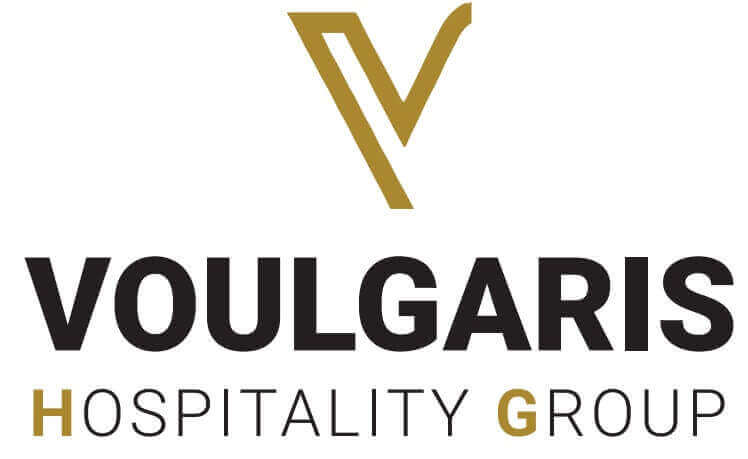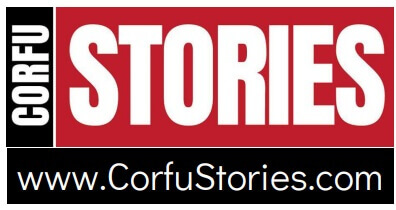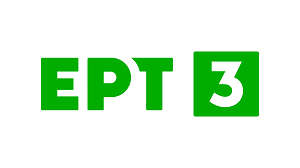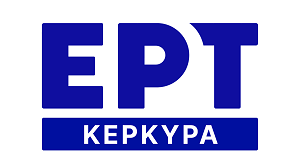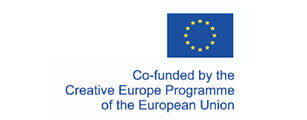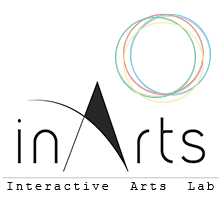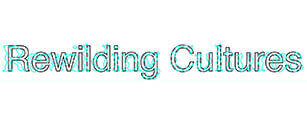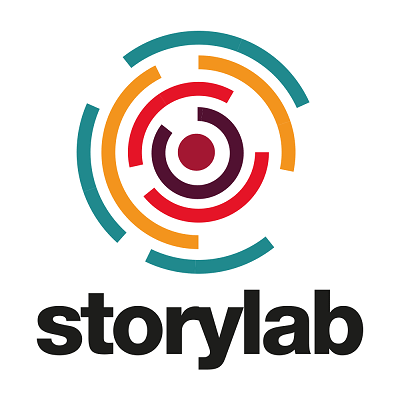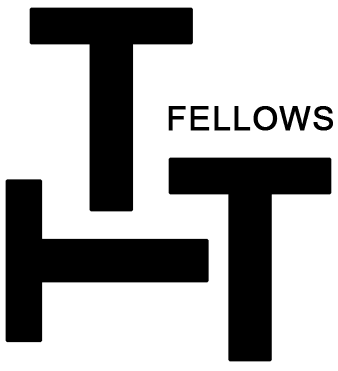The connection of artificial intelligence with art raises, on the one hand, the timeless question of what art is, and on the other hand, ethical issues. Since the late 1960s and the creation of AARON by artist and programmer Cohen, to the present day with DALL-E, Midjourney, and Stable Diffusion, the debate remains open.
Are the creations of these artificial intelligence machines considered art? Can they replace the creator or are they advanced tools in the hands of the creator? Could these applications be considered as a high-tech form of plagiarism? Do such works lack originality or creativity? Becoming increasingly sophisticated, could they be used as deepfake producers?
The answer to these questions is not unambiguous and certainly varies depending on the system we are referring to. This is because, although all of them are applications of artificial intelligence and therefore their basic principle of operation is common, the process of subsumption to the algorithms, the algorithms themselves, and the final way of composing and converting text into an image differ.
So, this paper examines the process by which “prompts” are converted into images. AARON, DALL-E, Midjourney and Stable Diffusion are selected for comparison precisely because they differ. AARON is an AI machine that generates images using predefined rules and parameters and output the final image using a robotic arm to hold and move the pen or brush. DALL-E uses a neural network to generate images based on textual inputs and can selectively edit or modify certain parts of an image. Midjourney is an AI-based art platform that uses deep learning algorithms to create unique digital artworks by training its algorithms on large datasets of images. The platform uses a generative adversarial network (GAN) to generate new images, where one algorithm creates an image and another algorithm evaluates it for authenticity and quality. Stable Diffusion generates images using a GAN architecture and a diffusion technique to create stable and less prone to artifacts images.
By analyzing their basic modes of operation, examining their structure, and comparing their interfaces and their results, the paper answers some of the aforementioned questions.
Theory answers to other concerns, such as whether AI-generated works lack originality or creativity. Critics argue that AI machines are simply reproducing patterns that they have been trained to recognize, and thus the works they produce lack the originality and creativity of human-created art. However, it is worth noting that these machines are becoming increasingly sophisticated, and are capable of producing results that are unexpected and unique. As AI technology continues to evolve, it is possible that machines will be able to produce truly original and creative works of art.
A related question is whether these applications could be considered as a high-tech form of plagiarism. After all, if an AI machine is creating images based on pre-existing data sets, is it simply rehashing existing images, or is it truly creating something new? While this is a legitimate concern, it is worth noting that AI machines are also capable of producing unexpected and original results that are not necessarily based on existing data sets.
Finally, there is the issue of the use of AI machines as deepfake producers. With the ability to generate highly realistic images and videos, there is a concern that these technologies could be used to create fraudulent or misleading content. However, it is worth noting that the same technology that allows for the creation of deepfakes can also be used to identify and combat them.
In conclusion, the intersection of art and artificial intelligence has opened up new avenues for creativity and exploration. From AARON to DALL-E, Midjourney, and Stable Diffusion, AI-powered tools are transforming the way we create and experience art. While some argue that AI cannot replace human creativity and intuition, others believe that AI can augment and enhance human artistic expression. Regardless of one's perspective, it is clear that AI-generated art is here to stay and will continue to shape the art world in the years to come. As technology continues to evolve, it will be interesting to see how AI and art will evolve together and what new forms of art will emerge as a result.
Marina Rigou is an Assistant Professor of Journalism, Politics and New Media at the Department of Communication and Media Studies at the University of Athens. She has been a journalist for more than 32 years and has worked for many organisations such as Greece's Public Broadcaster, Flash Radio, Flash.gr, USA Today, The Christian Science Monitor, Global Post, and many others. Rigou is the author of the book titled From Digital Revolution to Digital Surveillance (Sideris Publishing House, 2014). Many articles and research papers of hers dealing with issues concerning communication, media, AI and politics have been published in scientific journals and books.
Back
